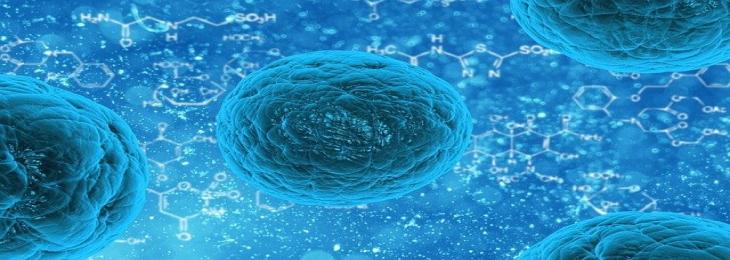Jun, 2021 - By WMR

Genome alteration in the case of 48 hours underwater has been seen to be diffused with the application of the hyperbaric condition.
Among the scuba divers a particular disease known as the Decompression Sickness (DCS) or Caisson Disease is very common. The disease also has a very common colloquial name as “the bend”. For scuba divers or high altitude divers, always carry gaseous mixture, of oxygen with them, for their breathing support. Many of the divers also use, “heliox” (oxygen and helium mixture). Due to the rapid changes in atmospheric pressure, whether in underwater condition or in high altitude condition, gas mixtures get released out, mainly in the form of nitrogen, that affect the body space of divers, mainly in the joints, heart, lungs, skin etc.
These symptoms and the condition imposed by “the bends” phenomena is occurring for centuries now, however, very little knowledge is perceived regarding this matter. A new study published in “Frontiers of Physiology” tell us about the certain genetic alteration in the White Blood Cells (WBCs), of the divers and also about mechanism of the WBC’s stimulated function. The research finding is related with several biomarkers for “the bends” phenomena, and thus it might lead to proper diagnosis of the disease.
Although modern divers are very much able to bypass the condition of “the bend” by finding newer methods, few cases are still present. For those cases, the doctors, and other researchers, have no proper method of its diagnosis, except for oxygen therapy in hyperbaric condition and the subsequent response of the patients to it.
To have a detailed knowledge for the cure of this condition, blood samples of two specific groups are collected, with one being; divers with 8 hours underwater presence and the other being 48 hours of underwater presence. RNA sequencing analytical method has been implemented in both the groups for understanding the genome changes of the WBC. Genome alteration in the case of 48 hours underwater has been seen to be diffused with the application of the hyperbaric condition. Although further studies has been done to hypothesize a blood specific biomarker, not only for monitoring but also for the treatment of the condition.

We will be happy to help you find what you need. Please call us or write to us: